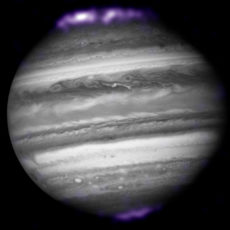
The strongest solar flare of the sun’s current solar cycle was detected earlier today, classified an X2.2, and it peaked at 03:57 UTC originating from sunspot region 2992. These powerful bursts of energy can impact radio communications, electric power grids, navigation signals, and pose risks to spacecraft as well as astronauts. Fortunately, this solar flare was not Earth-directed as X-class flares are the most intense.
Today's X2.2 solar flare is the strongest solar flare of the current Solar Cycle thus far. It peaked at 03:57 UTC and came from sunspot region 2992 which is rounding the western limb. The eruption was fairly impulsive and the resulting CME is not earth-directed. pic.twitter.com/Aq38bXuFnA
— SpaceWeatherLive (@_SpaceWeather_) April 20, 2022
This latest eruption was followed by a coronal mass ejection, or in other words, charged plasma that moves slower and can produce incredible auroras as it collides with Earth’s magnetic field. Since this CME was located on the side of the Sun from the perspective of Earth, those particles were not directed towards us. For those interested, this was the largest solar flare detected in years.
- Nexstar computerized telescope: The NexStar 5SE Computerized Telescope features Celestron’s iconic orange tube design with updated technology and...
- 5-Inch aperture: The 5-inch primary mirror in this Schmidt-Cassegrain telescope for adults and kids to be used together packs enough light-gathering...
- Fully-automated go to mount: Featuring a database of more than 40,000 celestial objects, the go to mount built into our telescopes for astronomy...
NASA observes the Sun and our space environment constantly with a fleet of spacecraft that study everything from the Sun’s activity to the solar atmosphere, and to the particles and magnetic fields in the space surrounding Earth,” said the agency.





